
As Porsche LMP Team departed the WEC with a third successive sweep of the FIA WEC Drivers' and Manufacturers' Championships, a look at how the titles were won reveals that a typically dramatic Le Mans 24 Hours proved to be the decisive point.
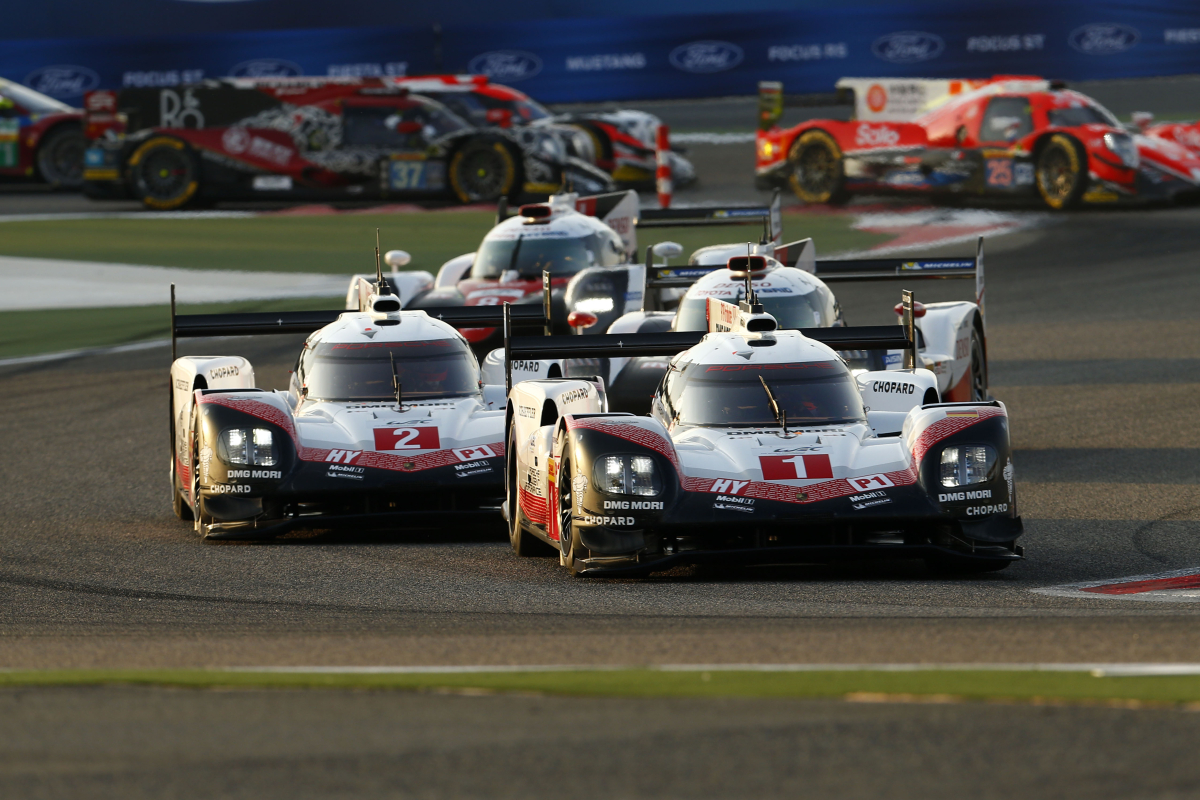
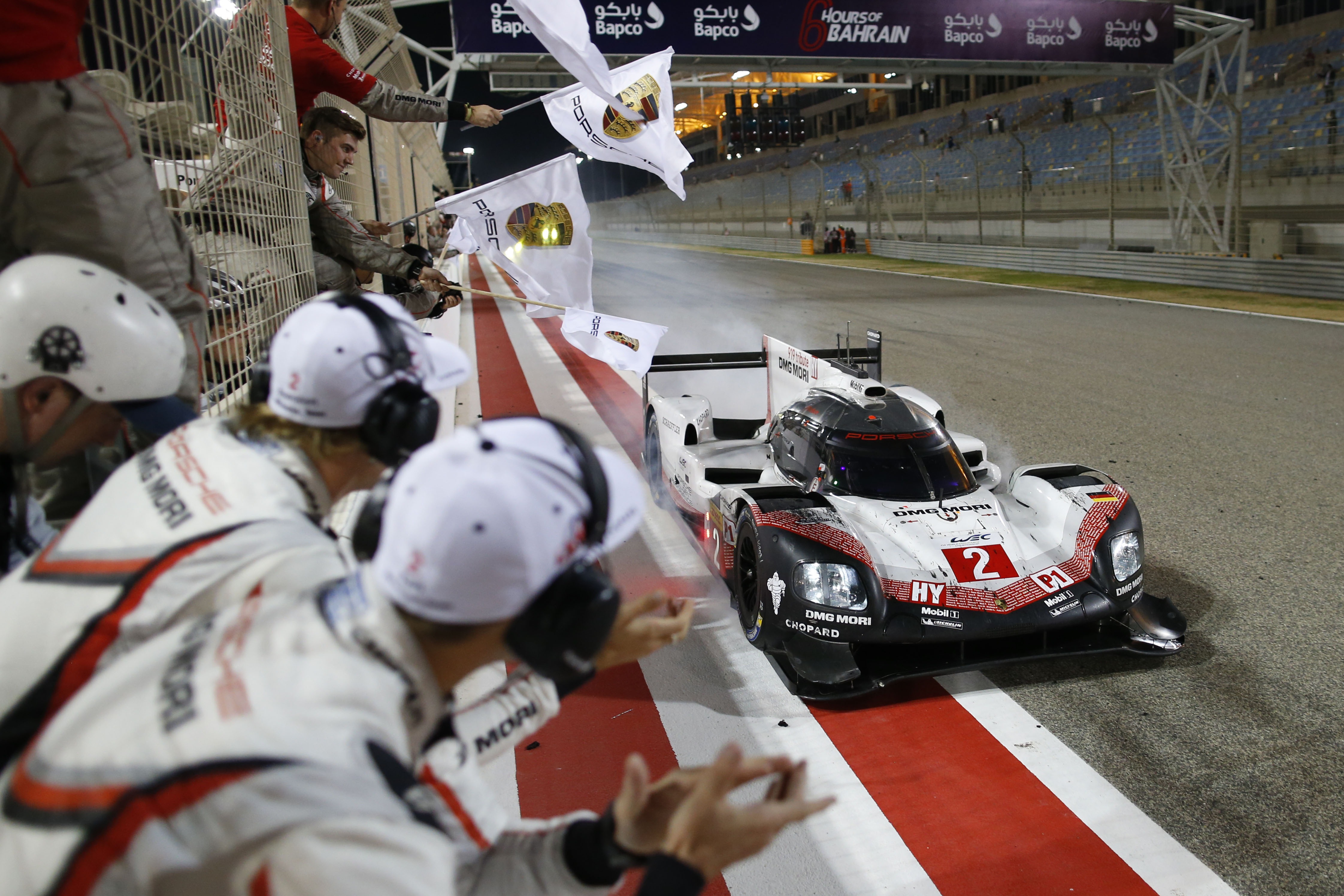
As Porsche LMP Team departed the WEC with a third successive sweep of the FIA World Endurance Drivers' and Manufacturers' Championships, a look at how the titles were won reveals that a typically dramatic Le Mans 24 Hours proved to be, as so often, the decisive point.
Victory in the double points endurance classic, after the heart-breaking demise of its sister car in the closing stages, turned the tables in favour of the No.2 Porsche 919 Hybrid of Timo Bernhard, Brendon Hartley and Earl Bamber who wrapped up the Championships in China with a round to spare. It was the second title for Bernhard and Hartley, who had previously won with Mark Webber in 2015, and Bamber’s first in his first full season of LMP1.
Porsche’s decision to delay the homologation of the high-downforce 919 Hybrid until after Le Mans initially allowed Toyota to build an early lead in the Drivers’ standings, as the No.8 TS050 HYBRID of Sébastien Buemi, Anthony Davidson and Kazuki Nakajima won both the opening races at Silverstone and Spa.
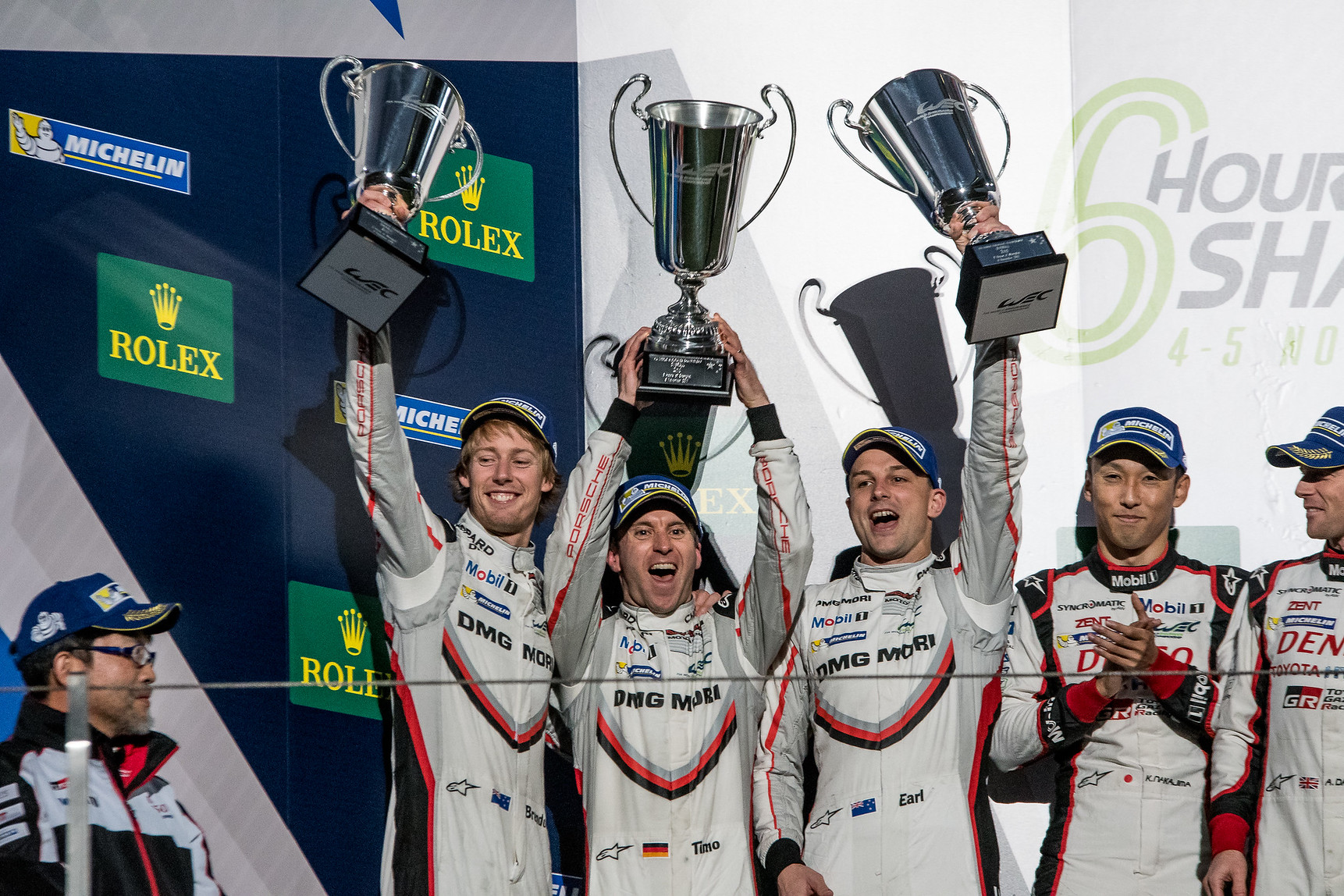
Bernhard, Hartley and Bamber almost took a shock win at Silverstone after two Full Course Yellows and a Safety Car – following a crash for the second Toyota of WEC debutant José Maria Lopez – wiped out the No.8 Toyota’s advantage and put the No.2 Porsche in front after the final round of pitstops. Although Hartley couldn’t quite hold off Buemi, second was still better than they had thought possible given the aerodynamic deficiencies resulting from running a low-downforce package.
The No.2 Porsche collected more points for third at Spa as Toyota took a 1-2 finish, but it was at Le Mans where the crucial blow was struck. Fighting back after losing over an hour in the pits to replace a front axle motor, the German and two New Zealanders took full advantage when a loss of oil pressure forced Neel Jani, André Lotterer and Nick Tandy’s No.1 Porsche into retirement in hour 21.
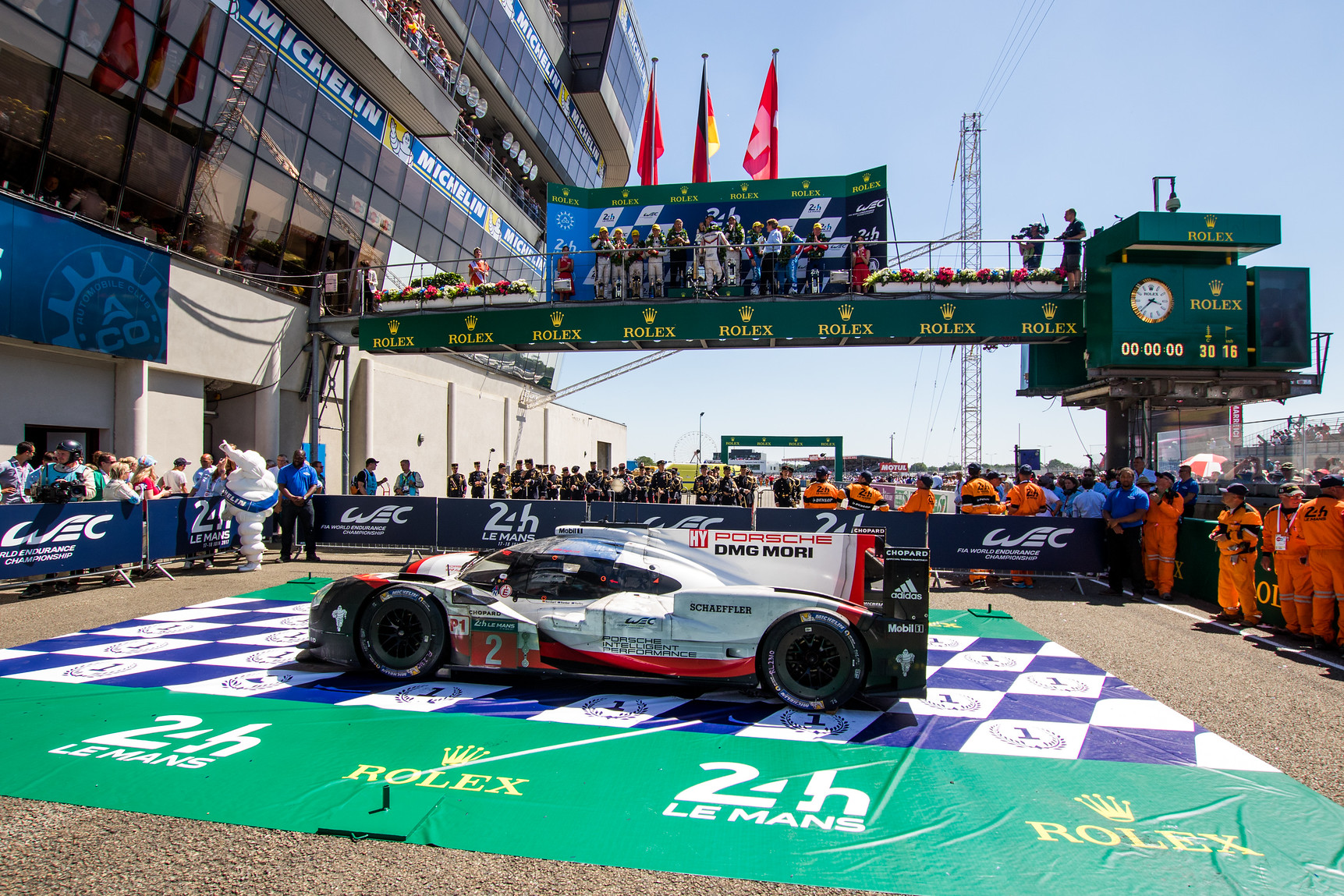
Hartley and Bamber became the first Kiwis to stand atop the podium at Le Mans since Bruce McLaren and Chris Amon in 1966 but, more significantly, it gave the No.2 Porsche a 17-point lead over the No.8 Toyota of Buemi, Davidson and Nakajima, which finished second in LMP1 after a similarly delayed run.
After its DNF at Le Mans, the No.1 Porsche was cast into the supporting role for the remainder of the season and dutifully played their part by following Bernhard, Hartley and Bamber home in the next three races at the Nürburgring, Mexico and COTA, with Toyota unable to match the pace over a race distance.
Although Toyota halted Porsche’s domination somewhat with victory in the weather-interrupted race at Fuji – the first of three consecutive victories in the last three rounds of the season – it was not enough to put a decisive dent in the German manufacturer’s advantage.
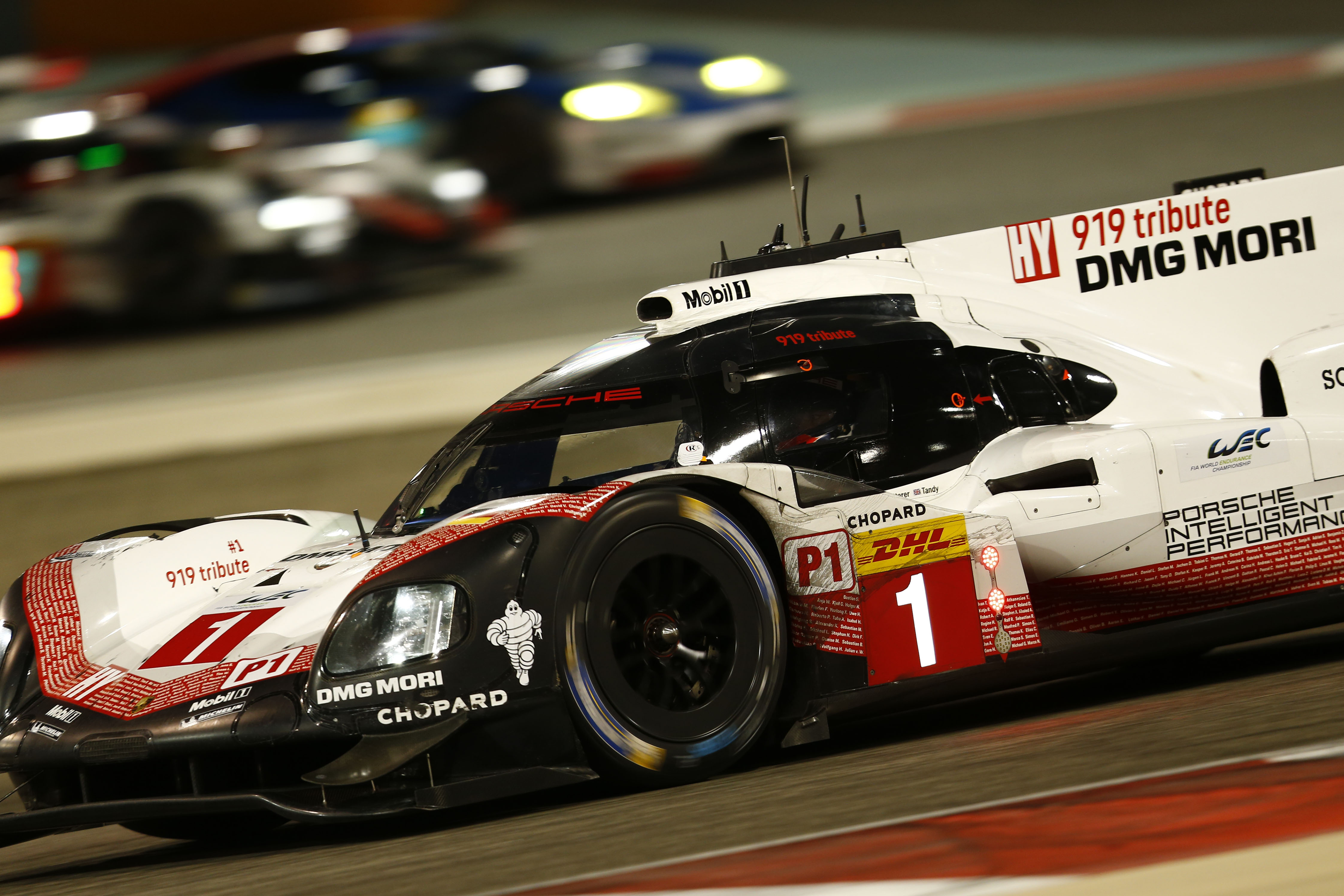
Second place in China behind the No.8 Toyota was enough to secure Bernhard, Hartley and Bamber the Drivers’ championship, before Buemi, Davidson and Nakajima took a fifth win of the year in Bahrain, their highest tally since Toyota’s title-winning campaign in 2014.
Jani, Lotterer and Tandy bore the brunt of Porsche’s mechanical problems and team orders and were unfortunate not to win a race, but seven podium finishes ensured Porsche added the Manufacturers’ title to its success in the Drivers’ rankings.
The No.7 Toyota crew of Lopez, Mike Conway and Kamui Kobayashi endured a difficult season – despite four pole positions – with a best finish of second at Spa. Kobayashi’s record-setting 3m14.791s pole-lap at Le Mans, however, remains one of the highlights of the year.
Final classifications can be found HERE
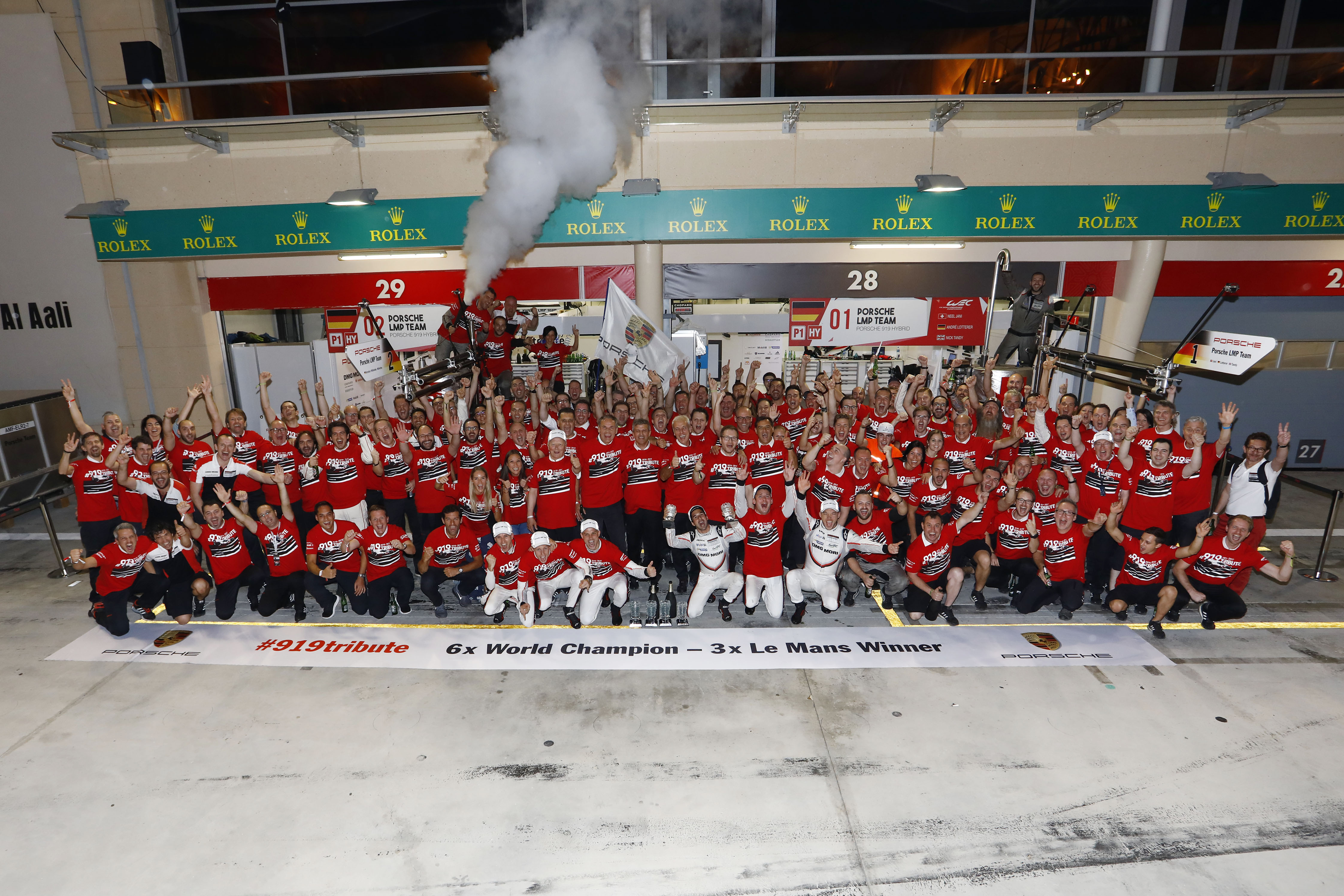
Photos: top, 1, 4 and 5 credit Juergen Tapp/Porsche Motorsport